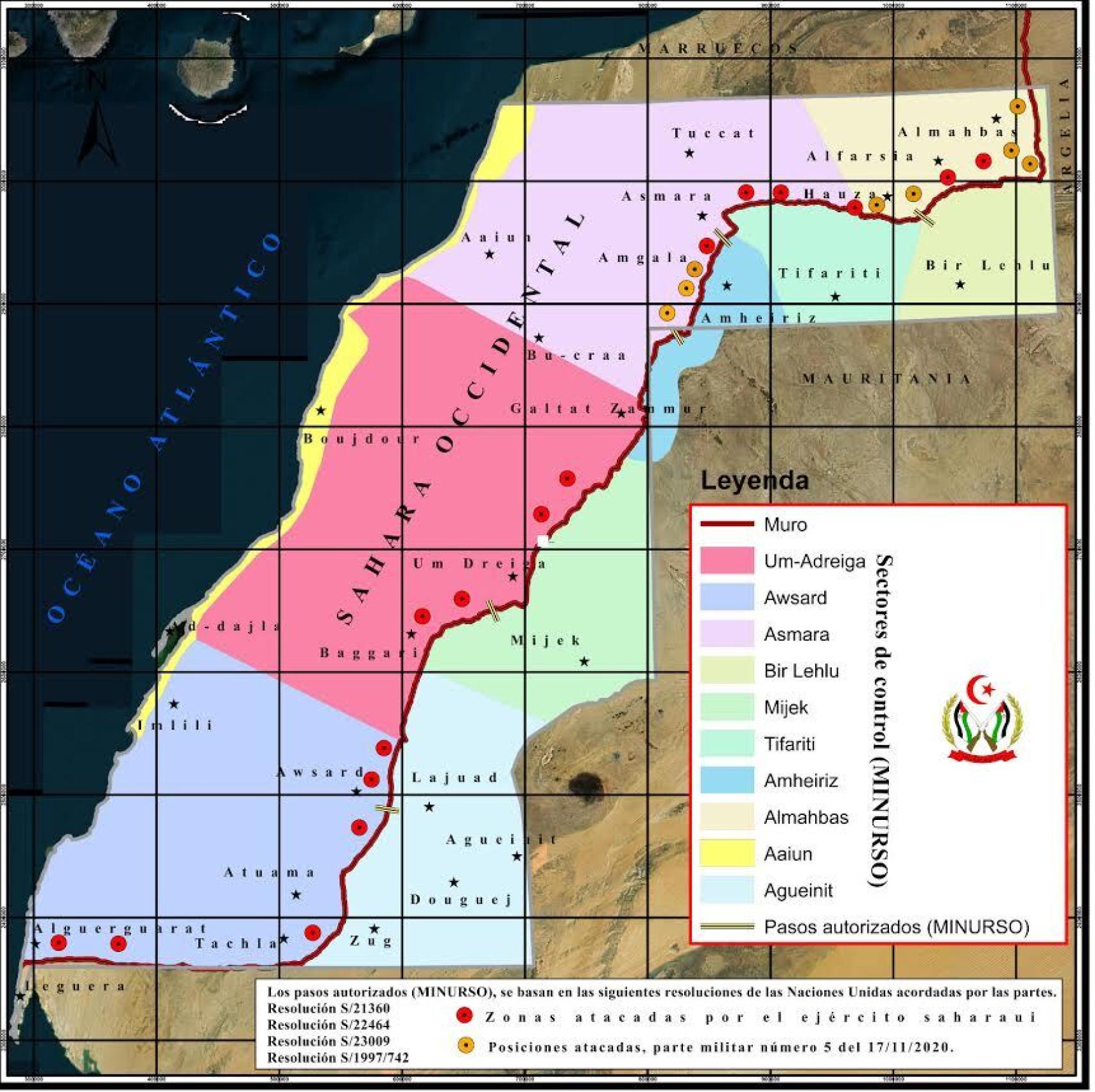Table of Content
Beware that most electricity is used for space heating, as heating costs are connected to high energy consumption and high energy bills. For example, by not turning off your laptop properly , you’re burning through an extra 34 dollars on your annual electricity invoice. Furthermore, your smart TV can add an additional $4 to your energy costs. A rule of thumb is to understand that between 9-15% of your average annual electricity consumption goes towards the appliances on standby mode. In 2019, the average annual electricity consumption for a U.S. residential utility customer was 10,649 kilowatthours , an average of about 877 kWh per month. Louisiana had the highest annual electricity consumption at 14,787 kWh per residential customer, and Hawaii had the lowest at 6,296 kWh per residential customer.

In order to keep wattage low, keep appliance use to a minimum. Coordinating electrical appliance use with other people who live in your household, such as combining loads of laundry or only running the dishwasher when it’s full, can cut down on wattage use. To round off, you should now have a much clearer understanding of how many kW and kWh it takes to run a house.
How much electricity does the US use annually?
Firstly, as a basis to determine the average electricity consumption per household in the U.S., we’ll work out the average size of a house. This evolutive dashboard allows you to see how the hourly electricity consumption and generation, – either total or by end use -, evolves all day long and over a year. The evolution over time is displayed month by month during an entire year and has been averaged on the 5 years. The second graph illustrates the average daily electricity consumption of a house per season category of Star Rating and State.

So imagine you’ve forgotten to switch off your lights and you’re already deep into your daily commute to work – with the app you can switch off your lights and worry less about energy wastage. Did you know that you can safely connect direct clean, green solar energy into your home circuit? With the DELTA pro, you can store up to 1600w of energy using EcoFlow 400w solar panels that draw energy from the sun.
Tiny House, Tiny Electric Bill: Why You Need Solar Panels for a Tiny House
Well, with temperatures regularly rising above 40 degrees, you can bet most of that electricity goes on air-conditioning. And as you know, air-conditioning isn’t quite so essential back in Blighty! Plus, we have smaller homes, and we generally heat our homes with gas rather than electricity. To find out more about how you can benefit from a dual fuel tariff, or get the low-down on all the various other types of energy tariffs, check out our handy guides. And for more detailed info on average UK electricity and gas bills, this is the guide for you.

Four dashboards have been developed to illustrate the electricity consumption or generation patterns over time, based on multiple criteria. Laptops are more efficient in standby mode, typically only using 15 to 30 watts. However, even when they’re not in use, computers still consume electricity thanks to things like LED lights and fans. Laptops are more efficient, typically only using 15 to 30 watts in standby mode. But even when they’re not in use, computers still consume electricity thanks to things like LED lights and fans. Large House Electricity Cost For a larger house, the average size comes out to around 4,000 square feet.
How many kW does it take to run a 2000 sq ft house?
Hopefully, by now you have a good understanding of what makes up your electricity bill, how average electricity bills vary between households and businesses, across states, and even in time. It is normal that heating costs make you use more energy than average. Mild weather and sunny days usually mean less energy is used. Regardless of how many kWh you use, you should be aware of the factors that make up your home electricity bill. Consider getting a smart power strip, a device that shuts off electronics that are no longer in use, to avoid steep standby power costs.
Mid terraces and flats use the least electricity, both clocking in around 2,800kWh/year. End terraces use slightly more, with semi-detached homes next, followed by bungalows and detached houses at 4,153kWh. As you’d expect to see from the data, bigger houses tend to use more electricity. According to Andrew Topf at the energy-news-site Oilprice.com, Qatar has been the world’s largest energy consumer per capita most of the last three decades. Today, Iceland is the world largest energy user per capita.
Lighting Energy Usage
1 However, electricity use in homes varies across regions of the United States and across housing types. The average electric bill in the UK was £58 a month according to Ofgem, the industry ombudsman. However, this is just average and more accurate data is available at Ofgem about average use per size of home.

Connect up to two DELTA pro power stations to the Smart home panel which links up to your circuit breaker box and your home circuits. That’s a total of up to 2,400w of reliable solar power delivered to your home via the ecosystem so you can save on your monthly bills. One kW equates to 1,000 watts, whereas kilowatt-hours measures your energy usage – or to put simply the power consumed per hour. 1 kWh would be used to run a 1000-watt appliance for an hour . Or on a smaller scale, a 100-watt lightbulb would run for 10 hours using 1 kWh.
The shares of annual electricity end uses can change from year to year based on the weather. With a 3600W output, you can easily charge up heavy-duty electricals like a dryer, AC unit, heater, and more. Alternatively, if you’ve got several household members you can connect two DELTA pro units to generate an astonishing 7200W output. Rest assured that with the DELTA pro ecosystem, you’ll be armed and ready for a blackout without having to sacrifice comfort. With a system that occupies a 3.6 kWh capacity that can be expanded to a huge 25 kWh capacity, you can power up pretty much all of your appliances.

Of course, this calculation doesn’t include your state or local taxes and other additional charges that you typically see on your monthly invoice. If you divide 10,715 kWh by 365 , you’ll get the average number of kilowatt-hours used per day, which is 29.36 kWh. If you multiply that by 1,000, you can find the energy consumption in watts that occur in 24 hours, or 29,360 watts. If you then divide that by 24, you’ll find that the average household requires 1,223 watts of power.
We asked thousands of users questions about their power bill. There are third party apps too if your provider doesn't include one. Compare the cheapest electricity and gas plans available in your state. Warm, temperate areas like Sydney have low annual consumption , while cold areas like Hobart have very high consumption .

The more intensive the work, the more energy the appliance will consume. Why does the price per unit of electricity vary within the state? Some US states have what we call energy deregulation, meaning that the provision of electricity is not limited to the state transmission and distribution service providers . Different retail suppliers can offer electric services to customers for discounted prices. The national average electric rate per kilowatt-hour is 10.43 cents, however – the average rates in deregulated states are almost always lower. The easiest way is to look at your previous electricity bill which will have your electricity consumption listed.
The average household size for each suburb is taken from the 2016 Census, while power use is taken from statistics published by New South Wales distributor Ausgrid. Join OVO today and get insights into exactly where and when you use your electricity. Our smart meters and In-Home Displays give accurate information every half-hour7 – making it easy to see how you could save money on your bills.
This is called your “daily average” and it will be the same for all of your electricity bills. The delivery charges reflect the costs of reliable transmission and safe distribution of electricity to your home. These charges are federally regulated and governed and cannot be modified by the individual electricity suppliers. These delivery charges are paid by every commercial and residential customer and are used to maintain the power lines and the power grid. Now, you multiply your total average kilowatt-hour consumption by the average rate you pay per kilowatt-hour.

No comments:
Post a Comment